Who should install common house metering devices. General house heat energy meter
Many Russian citizens meticulously delve into the system of calculating utility bills and calculating the ODPU. Trying to minimize costs, the population installs its own metering devices for consumed natural resources in their homes. Are ODPU needed in apartment buildings and what is it?
How ODPU stands for
The abbreviation ODPU is read as common house metering devices. They are counters that record the total amount of resources spent.
Often, the ODPU is a switchgear in the building of an apartment building.
What are ODPU metering devices
The need to install common house metering devices is enshrined in legislation.
Installed, heat, electricity in utility rooms, basements, technical rooms. Access to them from the residents is blocked in order to prevent theft, damage.
For different types of resources, specific metering devices are used:
Warm
ODPU for heating are divided into tachometric, electromagnetic, vortex and ultrasonic. They allow you to significantly save your finances, thanks to the ODPU of thermal energy.
Electricity
Can be single-tariff, multi-tariff. ODPU multi-tariff allows you to reduce costs. The essence of the work of these devices is as follows. At night there is a minimum tariff, and during the day it is much higher. In addition, the tariff increases during the so-called peak hours, for example, from 7 am to 10 am, from 5 pm to 9 pm in the evening.
Water hot and cold
The ODPU of water controls the consumption based on all people who actually live, and not just those registered in apartments. Separate metering of hot and cold water, thanks to GLAD hot water and ODPU cold water.
Residents of Russian apartment buildings are required to have communal metering devices in order to optimize energy saving. This is spelled out in federal law No. 261-FZ. The legislator set a deadline for providing all homes with such devices on June 30, 2012. However, even today they are absent in some houses.
Since 2015, in order to increase the motivation of the population to install an ODPU for houses in which the installation of appliances is technically possible, but not completed, special multiplying factors are set, reaching 60% of the basic standards.
Requiring the provision of multi-storey buildings with ODPU, the state takes care of the conservation of natural resources. Often, if one person is registered in an apartment, the payment, for example, for water, is calculated taking this into account. In fact, five people actually live in this apartment, there is a significant overspending of water. The figures are impressive across the country.
Comparison of the indicators of individual meters installed in apartments with the values of common house appliances will certainly reveal an overrun. This is how the consumption of natural resources is monitored.
Installation cost
The provisions of Article 13 of Federal Law No. 261-FZ oblige owners of premises to finance the installation of common house meters. Those who did not independently provide their homes with such devices within the prescribed period must reimburse the resource providers for installation costs. It is allowed to make such payments monthly for five years after the installation of meters.
The amount of the compensation fee for the ODPU is calculated taking into account the share in the ownership right on the common property of the house. It turns out the share of a particular apartment and non-residential premises related to it in the area of the entire building. The result is multiplied with the price of the device. Then the resulting figure is divided into 60 equal monthly installments.
The amount of each compensation payment depends on the dimensions of the apartment and the non-residential premises related to it, and not on the number of apartments in the building. So the legislator decided, fixing the norm in article 37 of the Housing Code of the Russian Federation, Decree of the Government of the Russian Federation of August 13, 2006 No. 491.
The cost of ODPU devices and their installation may vary depending on the technical characteristics of the house and the specifics of the installation, as well as the type of resource.
The amount of the compensation payment includes a number of activities, given the provision of installments for 60 months:
- Preliminary consultations and inspection.
- Drawing up a project.
- Approval of project documentation.
- Completion and delivery.
- Installation.
- Commissioning and commissioning.
- Maintenance of ODPU under warranty for 60 months.
For each residential building, the cost of installing the ODPU meter is calculated individually and is recorded in the acceptance certificate and the contract.
Terms of verification of ODPU
A common house meter is a complex mechanism that requires Maintenance, control, repair and, under certain conditions, replacement. The timing of verification depends on the characteristics of the device and the controlled resource.
All tenants, without exception, are responsible for the uninterrupted high-quality operation of the device. They do this not individually, as anyone wants, but centrally, entrusting the management company with the care of the device. It is endowed with the right to choose specialized companies and specialists capable of maintaining the technical characteristics of the ODPU at the proper level.
There are uniform requirements for invited third-party organizations:
- Availability of a certificate allowing maintenance of counters.
- Availability of a special permit for verification, repair and installation of metering devices.
The best option is to conclude a long-term contract with such a work contractor with the mandatory drawing up and bilateral signing of acts.
ODPU in the receipt for the rent
Monthly reimbursement for the installation of ODPU is included in the total. This is correct, since there is no need to incur additional costs for the creation of another payment document, as well as overpay a bank commission for making a payment. After all, these costs are borne by the owners of apartments.
The amount of utility payments for resources spent on general house needs in an apartment building is calculated according to the current tariffs and consumed volumes.
Despite the fact that you need to spend money on installing an ODPU, the benefits of their work are undeniable. It is important to treat them in a businesslike manner, carefully and reasonably, and payment for the ODPU will pay off over time many times over.
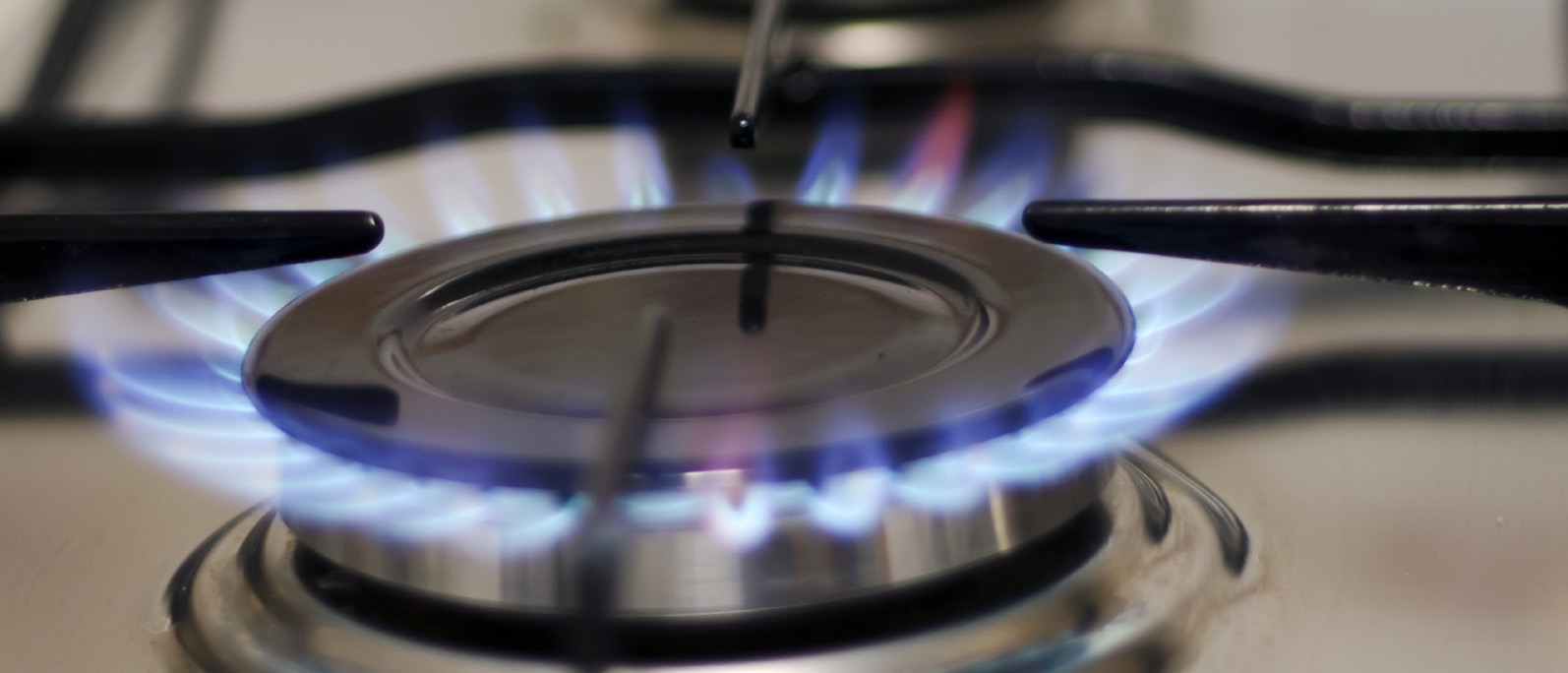 Installing a gas meter in an apartment: what you need to know
Installing a gas meter in an apartment: what you need to know
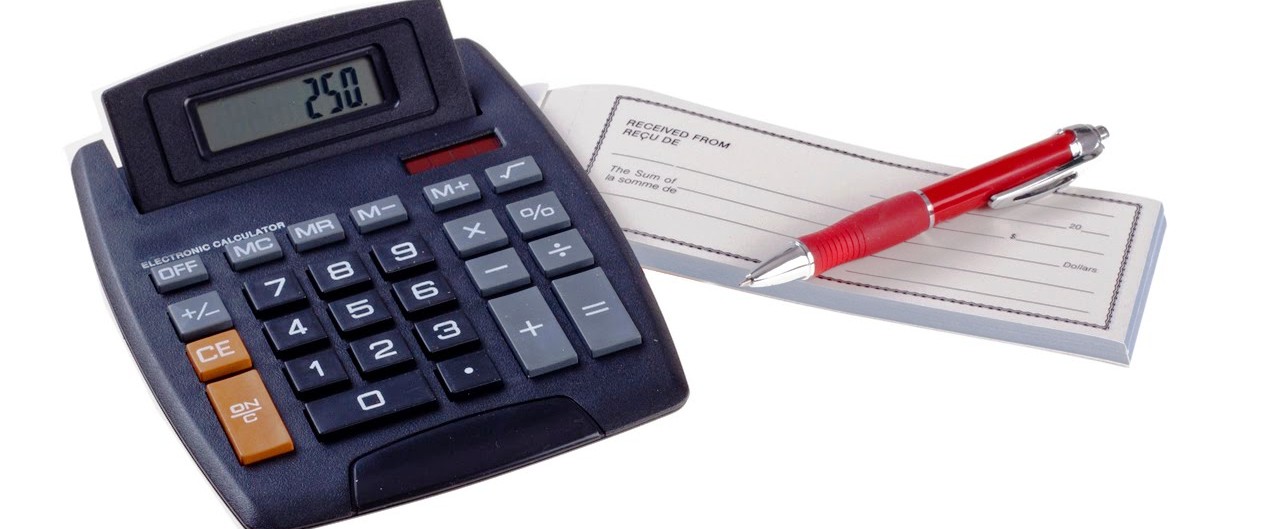
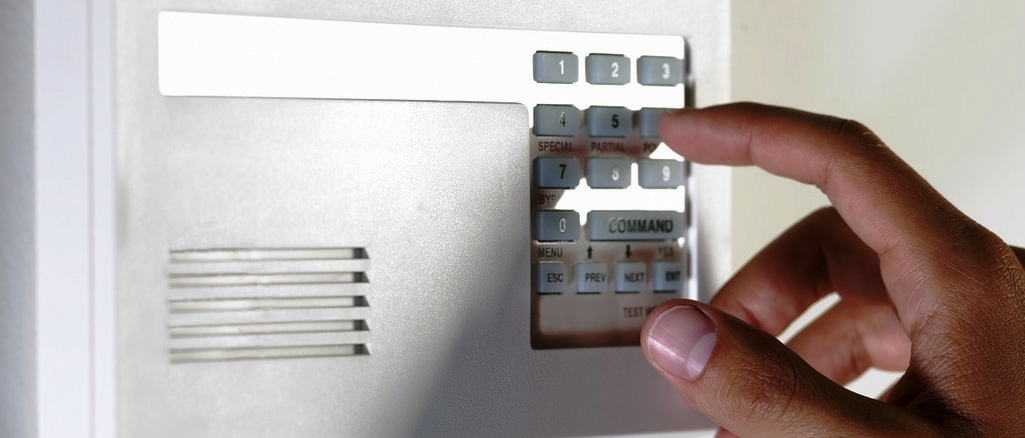
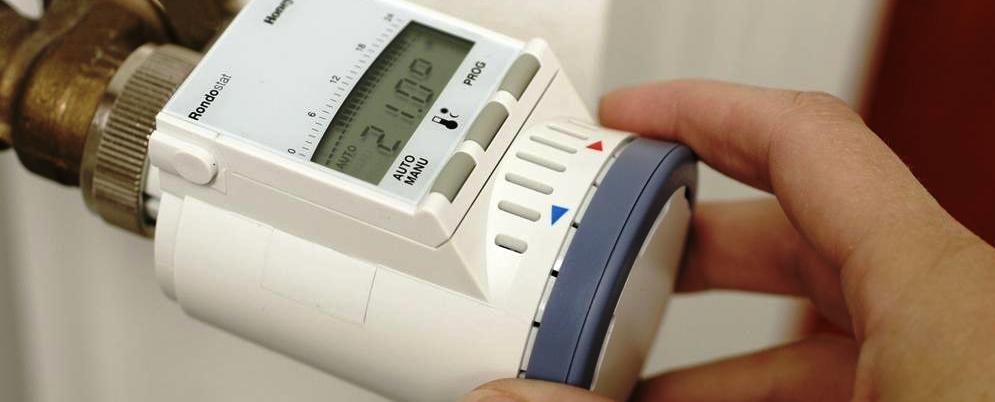 Installing heat meters in an apartment: is it necessary to do it
Installing heat meters in an apartment: is it necessary to do it
The activity of Russian residents who are interested in detailing the calculation of utility bills per capita is constantly increasing. Many have installed individual devices for metering electricity, gas, water, and heat. The question arises about the need for the presence of ODPU in apartment buildings. The decoding of this abbreviation is "common house". Such a device is a meter that determines the total volume of the resource spent, for example, electricity. Often, the ODPU performs the function of a distribution structure of an apartment building. The latter, of course, is understood not as a separate entrance, but the entire building.
ODPU functions
Experts are of the opinion that individual meters are not effective without OPDUs. The decoding of this statement consists in the following paragraphs.
- The ability to compare readings is necessary for monitoring the operation of communication systems.
- Improving the formulas for calculating the payment of public utilities by the population.
- Identification of leaks, analysis of the parameters of the flow of resources (temperature, pressure). The OPDU allows you to determine who will incur losses in case of system violations (management company or installer organization).
Based on these points, it becomes clear what ODPU is in housing and communal services.
Characteristics and types of ODPU
Basically, ODPU are installed in the basements of houses. Such devices include common metering devices for hot and cold water, as well as heat and electricity.
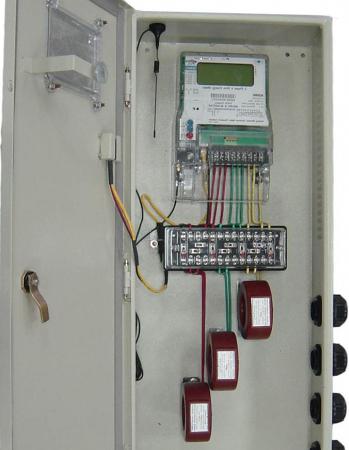
Companies involved offer a variety of options for installing ODPU. The decoding of their proposals includes not only comprehensive work to establish the functioning of metering devices, but also auxiliary materials.
For example, in addition to a heat energy meter, which is called an ultrasonic flow meter, water costs, a node is arranged that takes into account the automatic regulation of the heating system. Along with a device that controls consumption is installed.
Ultimately, three main options are proposed, consisting in the installation of an ODPU without additional elements of regulation and data transmission, or with the inclusion of auxiliary equipment in the system.
Electricity consumption meters
What is ODPU of electricity? They are divided, like individual metering devices, into one-, two- and multi-tariff. The latter is now the most popular option, as it allows you to reduce the cost of costs at night, late in the evening and during the day. The price of installing such a meter is significantly higher, but it quickly pays off.
There are three tariffs: night - 23-7 hours; semi-peak - 10-17, 21-23; peak - 7-10, 17-21 hours.
How are payments made for different types of meters? According to the device, there is a difference between its indicator and the sum for all apartments. The result is divided among all tenants. If there are many tariffs, then for all separately. 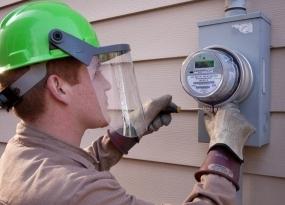
The best option for checking and maintaining meters is the periodic arrival of specialists who installed it. However, such work can be carried out by trained people of the house management company. Sometimes, in order to identify organizations that are dishonest and incorrectly recording readings, upon a complaint from residents who have identified an obvious overstatement of the tariff, an organization engaged in the supply of electricity, or an authorized person - a representative of the payers, checks. In this case, the data is reconciled with receipts. For example, electricity for general needs cannot jump sharply, by 2 times, just like that, depending on the season. This situation requires immediate verification.
ODPU installation
Even before June 2013, inclusive, the Russian government obliged everyone to install the ODPU. The decoding of the need for this process is clearly seen in federal law No. 261.
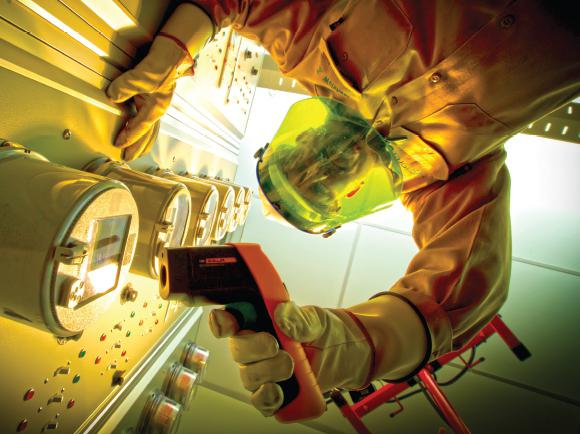
It consists in the implementation of tasks aimed at energy saving. Installation is carried out after a meeting of all tenants and a vote, a protocol is drawn up based on the results. If it is impossible to pay for the installation immediately, the management company collects money in installments. The organization, in the absence of the initiative of the residents, can itself decide on the installation, and if they resist, do it forcibly through the court. All costs associated with the acquisition and installation, as well as the maintenance of the ODPU, are paid by the owners.
By law, the management company is obliged once a year to inform residents about approaches aimed at energy saving, develop options for action and submit them to the meeting. In addition to the above methods, the installation of an ODPU can be offered by resource workers, that is, organizations that supply light, heat, and so on.
Maintenance and verification of ODPU
ODPU is the common property of an apartment building and is part of the engineering systems. The management company is responsible for their content. Verification of ODPU can be carried out by any person who is trusted by this organization. Maintenance of systems includes inspection, repair if necessary, verification of compliance with real readings. There are situations when the maintenance of the ODPU is carried out by a resource-saving organization at its own expense.
Supply of buildings ODPU thermal energy
The ODPU plant is gradually gaining momentum.
Back in 2009, due to the growing costs of heating buildings, a law was passed requiring the presence of such devices in them.
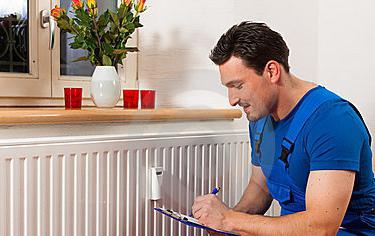
It is also obligatory to install individual heat meters. Delay in this matter may result in a fine. Their acquisition is also decided by the owners at the general meeting, while they also need to choose a specialist in this area.
How are utility bills formed?
The calculation of payment for is formed based on the totality of all metering devices. There is a special EDP formula that varies depending on the type of resources consumed. For example, the amount of payment for water supply is calculated taking into account the following indicators: the consumed amount of the resource according to the EDP indicators is divided by the amount of hot or cold water consumption from an individual meter and the indicators according to the standards, if there are rooms that are not equipped with a meter. The resulting number is multiplied by the tariff and again - by the indicator from the individual meter.
Some nuances of paying for common house needs
What additional factors may influence the LRTI performance? To begin with, it should be noted that when calculating the volume of consumed resource, the MOS counters of the common structural elements of the house (entrances, platforms) are not. The use of such devices as shared devices is not required by law. 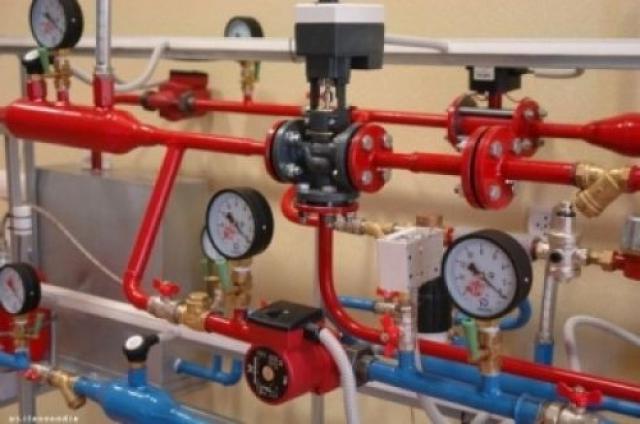
If commercial organizations are located in a residential building, then either their costs do not go through the ODPU and are calculated separately, or the required amount is deducted from the total indicator.
The statement that everyone else pays for a malicious defaulter is not always correct. For example, when calculating the total electricity, its indicator is still subtracted from the total amount. If the debtor does not transmit information on the meters, then the data for him are compiled at the approved tariffs.
Doubt about the reality of the amount of the rent
For all structures and residents who monitor the order and expenditure of resources, it is useful to have such equipment in the house. Household appliances are equivalent to putting things in order, ODP = comfort. The Russian Federation is one of those countries where legislators understand this and have a desire to create transparent relations in the housing and communal services sector, understandable for the owners of an apartment building. It should be clear to people what they are paying for, how points are formed in receipts. To achieve the set goals, it is necessary to install the ODPU.
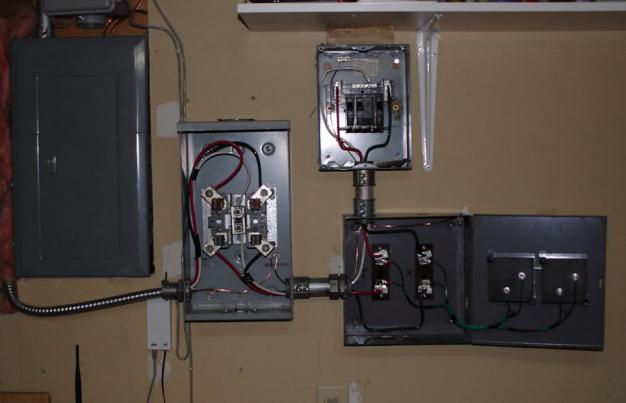
In case of situations of misunderstanding of the formation of the amount in the receipt, you can require an explanation from the management company by submitting a special application. In it, point by point, indicate the need to clarify how the calculation was carried out with the formula and values; what are the volumes for the total and individual counters; whether there is an ODPU in the house and the connections of non-residential premises are sealed; what rates were calculated.
If the management company refuses this request, then it violates the law. Such an organization can already be suspected of withholding important information and fraud. To reduce such opportunities for companies, ODPU are established. Deciphering their meaning is to provide additional opportunities for special services in order to quickly compare the indicators recorded by management companies with real ones.
All metering devices are divided into two types: individual and collective (common house) counters. An individual metering device is equipment that takes into account your personal consumption of resources. A collective (common house) heat energy meter counts the consumption of the communal resource of a residential building as a whole, including general house needs.
In accordance with the law No. 261-FZ "On saving energy and on improving energy efficiency and on adjusting certain legislative acts Russian Federation» Owners and tenants of residential buildings are required to install common house heat energy meters (the law was adopted in November 2009).
Purpose of collective meters
Installation of equipment of this type has the following objectives:
- Payment is calculated based on actual heat consumption.
- Equal distribution of the amount of payments between residents in relation to each individual apartment building.
- Responsibility for common house property is transferred to the inhabitants of the residential building.
The main types of collective meters
When choosing a common house metering device, it is necessary to take into account its design features and installation specifics. There are four main types of these devices.
Tacheometric
This is a fairly simple device, the design of which provides for the following elements:

Such a device is relatively inexpensive, but its operation requires an additional filter that protects the common house heat energy meter and the heating system as a whole from all kinds of pollution.
Flaws
It is also worth paying attention to the shortcomings of these counters. They are not suitable for use if there is a high level of hardness in the water circulating through the system. Another negative point that may affect the installation of this equipment is the presence of various impurities in the coolant.
All these conditions can lead to frequent clogging of the filter, which provokes a decrease in the pressure level of the coolant. For this reason, meters of this type are usually used in private homes.
Advantages
The main advantage of tacheometric equipment is its ability to operate with a special battery for 5 years. In addition, these devices can be used in rooms with high humidity. While the risk of damage to the main elements is minimized, since the design does not include electronic components.
Electromagnetic
A general house electronic type thermal energy meter works by generating an electric current in it as a result of passing a coolant through a magnetic field. This circumstance necessitates constant maintenance of the unit, and its installation requires professionalism and competence from the performer. 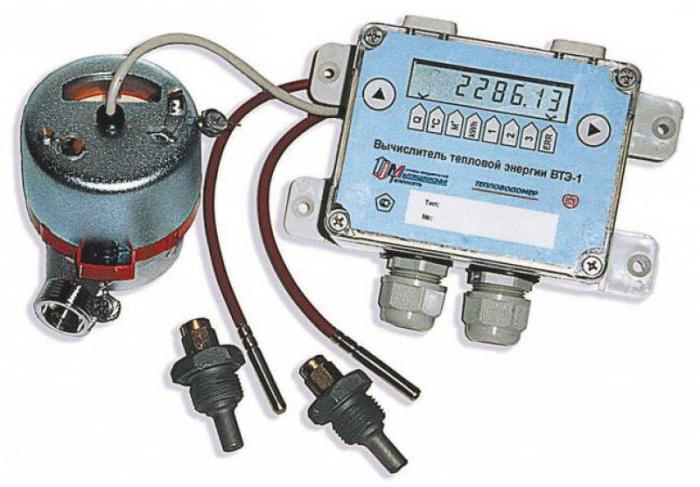
Untimely preventive maintenance can provoke contamination of the flow meter, which as a result will affect the readings of the meter. The occurrence of this problem is associated with the presence of iron in the coolant and poor-quality connections in the wiring.
Compliance with all requirements for operation is a guarantee of high-quality and uninterrupted operation. It is important to note that the indications of a common house meter for thermal energy of the electromagnetic type are distinguished by a high degree of accuracy.
Vortex
In this case, the operation of a device of this type is associated with the appearance of a vortex, relative to an obstacle in the path of the coolant. In this case, the frequency of occurrence of such eddies depends on the amount of passing coolant. The installation of a common house heat energy meter can be carried out both on horizontal and vertical pipelines, but on condition that there is a straight pipe section in front of the meter and after it. 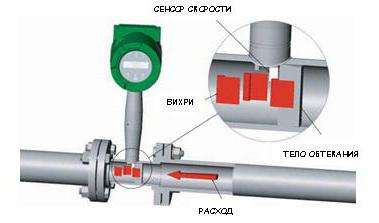
Equipment of this type consumes a small amount of energy, on one battery it is able to function for five years.
Vortex meters react negatively to large impurities in the coolant and pressure drops. Therefore, for the high-quality operation of the unit, a mandatory measure is the installation of a special filter.
It is important to note that the presence of iron in the coolant and deposits in the pipelines in no way affect the accuracy of the readings. Also, this device is equipped with a specialized interface, which allows the management company to take readings of common house heat meters remotely. In addition, this application sends messages that notify you of any malfunctions. This circumstance guarantees the timely intervention of the relevant service, which will promptly eliminate the troubles that have arisen.
ultrasonic counter
The principle of operation of this device is based on the passage of a special ultrasonic signal through the coolant flow. The signal transmission time is directly related to the speed of the fluid.
For those who install a common house heat meter of this type, you need to know the conditions for its operation:
- pressure constancy.
- Lack of air in the system.
- The maximum level of purity of the circulating fluid.
- Absence of deposits on the walls of pipelines.
The presence of these factors will ensure the effective operation of the counter, which will show an undistorted result. 
The operation of equipment of this type may require the installation of additional elements that will ensure the supply of coolant through different channels.
Organization of heat energy accounting
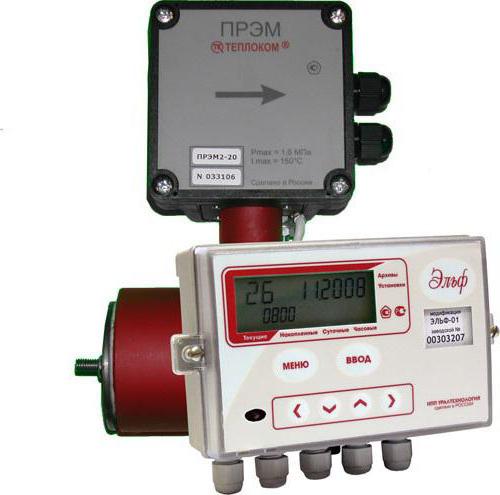
Installation of a common house meter
- To begin with, it is necessary to organize a meeting of tenants of apartments and owners in order to make decisions on the installation of a collective meter.
- Apply with a decision on the installation of a collective meter and its payment to the management organization of tenants and apartment owners.
- The managing organization, in turn, must apply to the resource supply company for the issuance of technical conditions, in accordance with which the design and installation of a common house heat meter will be carried out.
- The management company, with the financing of tenants and apartment owners, concludes an agreement for the development of project documentation with a specialized organization to install the meter.
- After receiving the project documentation, the management company sends it for approval to the resource-supplying organization and, with a positive conclusion, installs a collective common house heat energy meter, and then allows it to operate.
Commissioning
The installed collective meter allows for operation by a commission consisting of:
- A representative from the company that carried out the installation and commissioning of the equipment being put into operation.
- consumer representative.
- Representative of a company supplying thermal energy.
The commission must be created by the owner of the heating unit. During the commissioning process, the commission checks the following:
- Availability of passports, factory seals and verification certificates.
- Compliance with the design documentation of the constituent elements of the thermal unit.
- Compliance with permissible temperature curves, measurement ranges and hydraulic operating modes, parameter values determined by the conditions for connecting to the heating system and the contract.
- Compliance of the characteristics of measuring instruments with the characteristics that are indicated in the passport of the device.
In the absence of comments, the commission must sign the act of the meter installed at the consumer. This document is the basis for keeping records of the coolant by the meter, thermal energy, quality control and heat consumption mode using the data received from the moment the document was signed.
filling
After signing the commissioning certificate, the heating unit is sealed. Filling is done:
- Consumer representative.
- A representative of the heat supply company, if the heat unit belongs to the consumer.
Examination
Meters are subjected to primary testing by the manufacturer before they go on sale. This procedure is confirmed by the presence of the following elements:
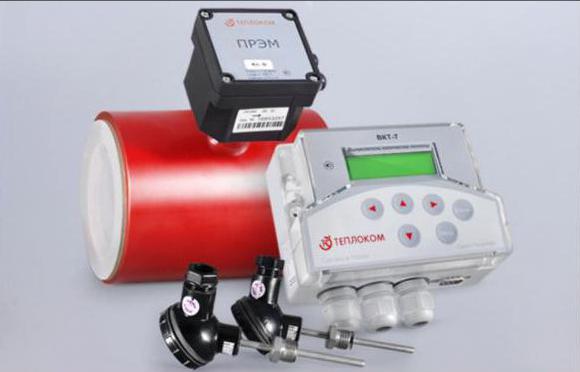
After a certain period, another check is made. Before each heating season and after the next repair or check of metering devices, a readiness for operation is checked. As a result, an act of checking the heat point at the interface of the adjacent network is drawn up.
After commissioning, tenants and apartment owners must take energy-saving measures: installing springs and closers on the entrance doors, insulating windows, doors, etc.
Maintenance
Maintenance of the meter consists in maintaining thermal equipment in working condition, regular inspection, elimination of causes affecting wear and tear, checking the operation of primary converters on the return and supply pipelines, checking the correct functioning of the metering device, checking the operation and circuits of resistance thermal converters, weekly printouts of readings for analysis and development of recommendations for maintaining the required temperature and much more.
If necessary, during the maintenance process, dismantling (removal and disconnection) of faulty devices and re-installation of the meter after a secondary check and repair are carried out.
General house heat energy meter: how to pay
The calculation of payment is quite simple and consists of several stages:
- The cost of heating one m 2 is determined. To do this, the meter indicators must be multiplied by the current tariff and the resulting number divided by the area of \u200b\u200ball the premises heated in the house.
- Then the share of each individual apartment is calculated. To do this, the total area of the premises of the house (including entrances, basements, attics) is multiplied by the result obtained by dividing the total area of \u200b\u200bthe apartment by the total area of all non-residential premises and apartments. Thus, it turns out the total area of \u200b\u200ball rooms that falls on your apartment.
- The area of the apartment is added to the area of \u200b\u200bthe premises that make up your share. The resulting number must be multiplied by the cost of heating one m 2.














